Cocktails are now the fastest-growing drinks sector in the pub trade, with the number of cocktails served rising 36% year-on-year, according to reports from distributor Global Brands.
“Whilst the majority of high-street bars now have a variety of cocktails and mixed drinks on offer, pubs have delayed in catering for this trend,” says Simon Green, marketing director at the company. With consumers now enjoying finding new flavours and serves, offering basic, outdated recipes is no longer enough."
With that in mind, we’ve come-up with five reasons to persuade you that mixed drinks matter to pubs.
1. The bottom line
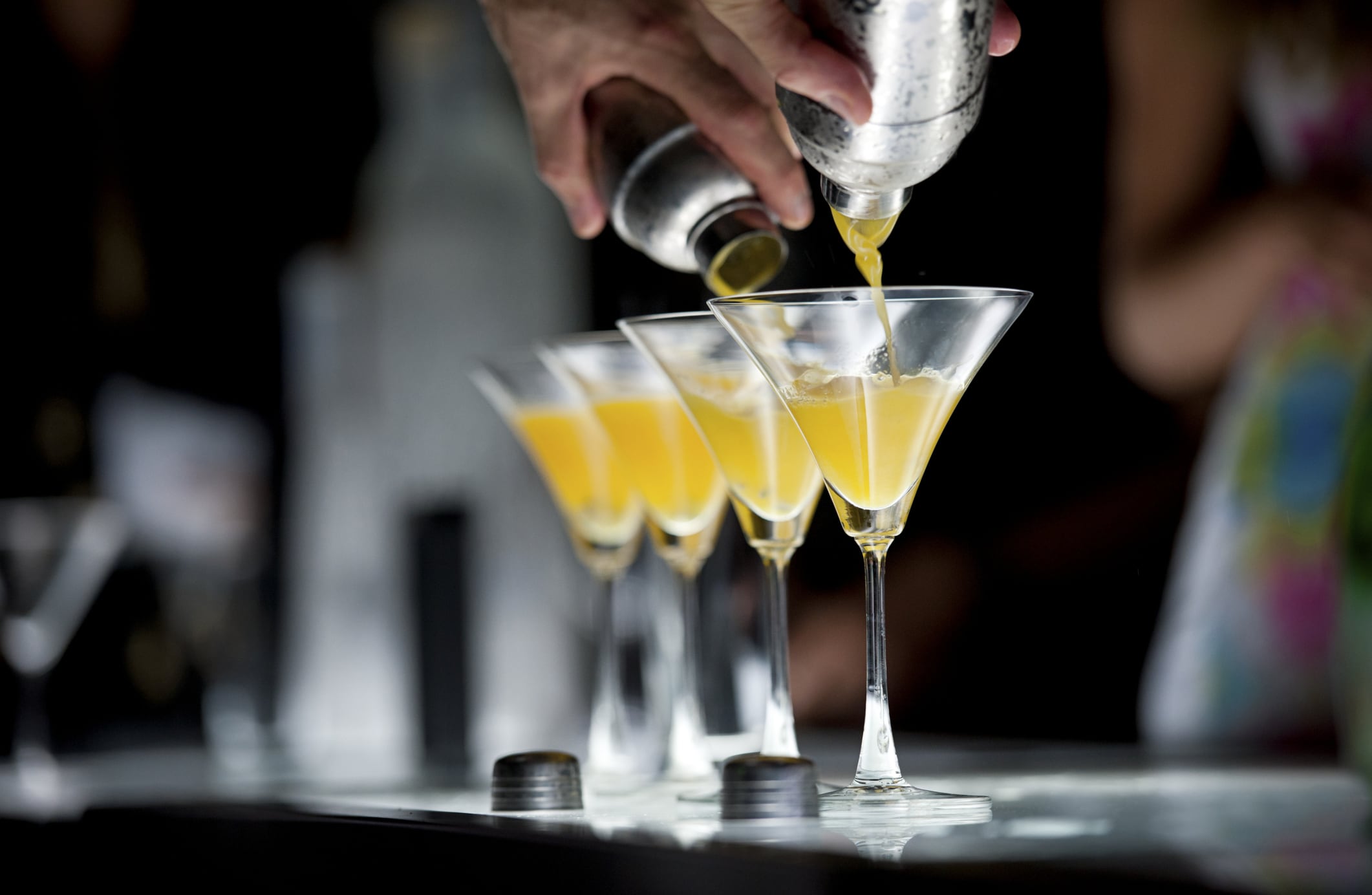
Put simply, mixed drinks and cocktails are more profitable for your business than the other drink categories.
“Think about what you spend on a 70cl bottle of spirits — about £14 on average — from which you will get 28 serves, so that’s costing you roughly 50p a shot. And if you are serving that with a mixer from a gun, this adds another 5p to the cost, but how much are you selling that for? A lot more,” points out Maxxium’s David Miles, part of the company’s Mixxit training team.
“And from the consumer’s point of view, this is a value-for-money choice, as people are only buying a fraction of a bottle. People commonly think of spirits as expensive, but when they are served in the on-trade, they become an affordable, accessible treat.”
A further £600m is estimated to be available to unlock from the spirits sector in pubs — and the bottom line is that simple mixed drinks and cocktails are your opportunity to tap into some of this lucrative activity to benefit your business.
2. No need to invest in lots of fancy equipment
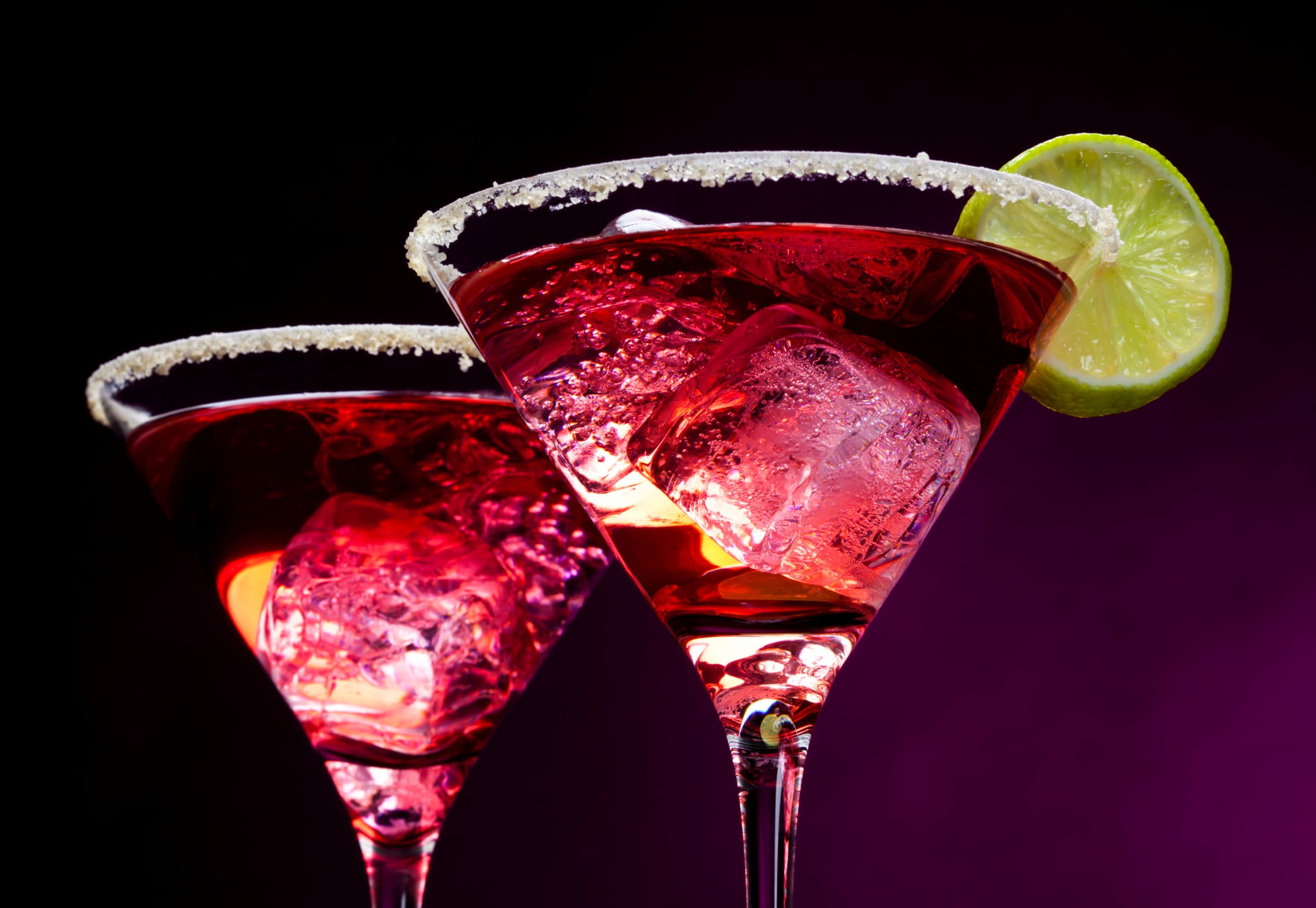
Contrary to popular belief, introducing or improving on cocktails in pubs need not involve parting with lots of cold, hard cash. You won’t need to set up special bar stations, buy muddlers, shakers and spoons, 50 different glasses or offer 100 different drinks.
“Hold off on the atomisers and dehydrators until you’ve mastered the basics,” says Adolfo Comas, product training and mixology manager at Bacardi Brown Forman Brands.
“Only invest in the equipment you believe is necessary for your establishment, based on your mixed-drinks offer,” he advises. “We suggest you’ll need 25ml, 50ml, and 125ml measures; a long bar spoon or two, and maybe a bar tidy for long straws and bar-mats or drink napkins.”
In terms of glassware, most licensees need only stock one tall glass — even a half-pint glass will suffice at a push — for drinks such as vodka and coke, and a short glass in which to serve drinks such as whisky. Ice should be plentiful, at least filling three-quarters of the glass, and garnishes can be as simple as just wedges of lemon or lime — always fresh, of course.
Choose drinks that have just two or three ingredients and can be built in a glass, removing the need for cocktail-shakers and most other equipment, and concentrate on getting the basics right.
“A good basic mixed-drinks offer can be established simply by making a decision about the parameters of your serve,” explains Faith Holland, head of on-trade category development at Diageo.
“Think about what a gin and tonic will look like in your venue: what type of glass it will come in? What garnish will it have? Then write it down, draw it, and tell your staff.
“In the same way as they know what a coffee should look like when they serve it or how cutlery and condiments are offered to diners, they should all know how to serve a gin and tonic, or vodka and cranberry, or any other drink in your venue.”
3. Use every opportunity to up-sell effectively
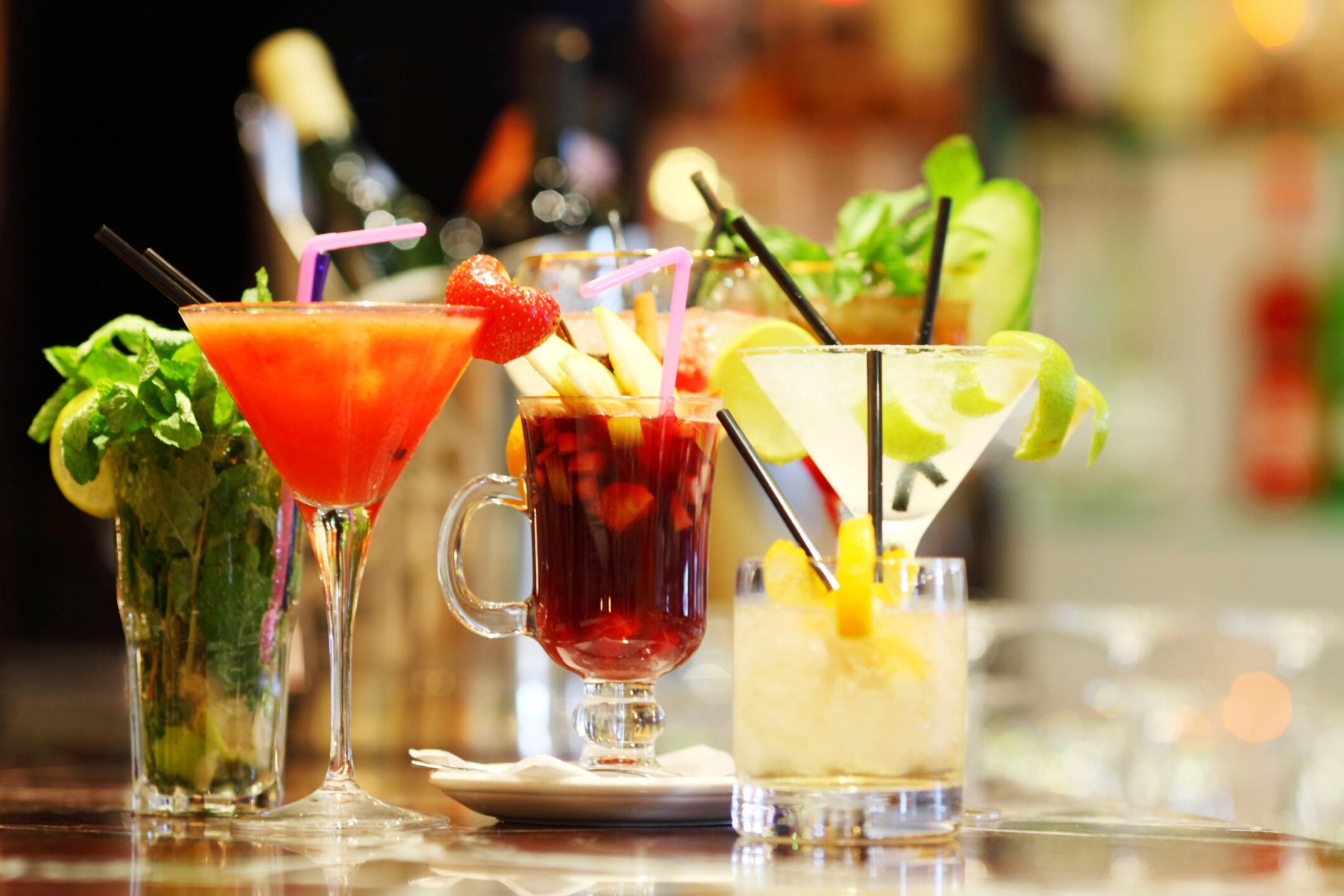
Consumer research shows that one-third of people don’t know what drink they want to order when they go into a bar, so there is an opportunity to guide them to more profitable categories.
As we have already established, for pubs and bars this means spirits — but more specifically, premium spirits — the sector that is currently driving growth in the category, up 11% in volume versus total spirits up 1% (CGA on-trade MAT to March 2014).
“Offering premium spirits creates a better experience for customers, providing something beyond their expectations,” Diageo’s Holland says. “Yet 35% of licensees don’t stock any premium brands, despite over one-third of people agreeing that they would buy a premium spirit if it were offered to them.”
And once drinkers have been persuaded to partake of a more premium drink, a few smaller touches is all it takes to leave them feeling that they’ve had a top-notch experience. Research suggests consumers are willing to pay up to £1 more for a drink, merely because it is served with a straw and on a napkin.
Premium mixers are another way to add value — particularly as many consumers can appreciate the logic in adding a higher-quality mixer to a higher-quality spirit.
Brands such as Fentimans and Fever-Tree are an obvious choice here, while premixes such as the recently launched Del Monte Occasions range, Funkin or Finest Call can provide a simple way to create more complicated cocktails.
Gary Porthouse, licensee at the Harbour View in Sunderland — a traditional real-ale pub — recently added cocktails following requests from customers. “Of course we can’t ignore what our customers want, but we didn’t want complicated recipes and expensive ingredients,” Porthouse told the Publican’s Morning Advertiser.
“We searched and settled on the Finest Call range (which is distributed by Cellar Trends) and now sell three cocktails: cosmopolitan, mojito and Margarita and have plans to add peach Bellinis next. Our barstaff like them because they are easy for them to make, and our turnover and footfall has increased — so our customers are obviously fans as well.”
4. Stand out in the crowd with effective promotion
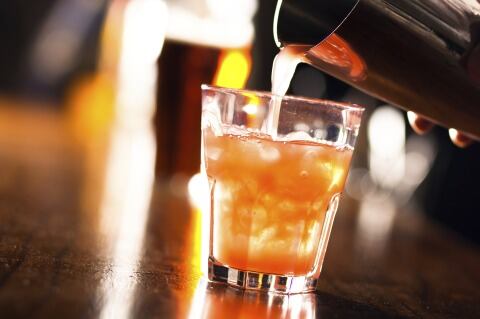
But there’s no point in creating a great mixed-drinks offer if people don’t know about it, so your new (or new-look) range clearly needs to be well-promoted.
Using A-boards, chalk boards and table-talkers is effective, but don’t forget the power of the back bar, and your staff.
“Some 60% of consumers can be influenced right up to the point of purchase,” says Pernod Ricard on-trade channel director Ian Peart.
“This means in-venue marketing is very important. Make sure that your spirits range is displayed prominently on your back bar — be proud of it. And ensure your barstaff are making recommendations, and that you have presented the drinks effectively on a menu.
Draw attention to it by using icons to show what glass it will come in; include the finished drinks price and highlight a premium up-sell option, such as ‘treat yourself to a Absolut for just another 40p”.
Other suggestions include using your stash of fruit for garnishes as a display, and make sure your staff are well versed in the offer — this type of training need not be complicated or expensive.
“Basic mixed drinks have just a few fundamental steps, and these are often the same for every drink. It’s easy to teach your staff to follow the process: use a clean glass; fill three-quarters of it with ice; add the spirit, using a measure for accuracy, and top it up with a mixer and garnish.”
This can be done in-house at the beginning and/or end of every shift, or try using online training schemes. It’s worth asking your spirits supplier what they have available, as they all offer something — most of it free.
5. Elevate your business with imaginative serves
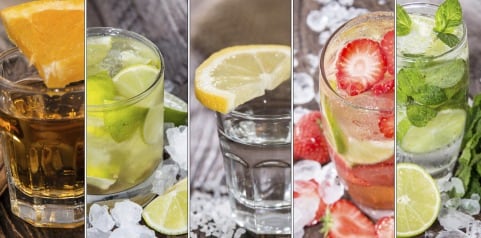
If you already have a decent mixed drinks or cocktail offer, there are still plenty of opportunities to be had, with no need to invest in complicated equipment or expensive ingredients.
Drinks can still be made in the glass, but adding just one more ingredient can make it more exciting and sophisticated. Try adding elderflower cordial to basic gin and tonic, or mix Tequila, ginger beer and lime.
A tried-and-tested formula is to combine two measures of alcoholic ingredients with a mixer. Be more imaginative with garnishes such as mint, or highlight one of the drink’s flavours and serve with straws and a napkin for simple, premium serves.
Pitcher serves are also a useful profit-driver, with the added benefit of speeding up service during busy periods — and they can be a simple a mixture, such as four measures of spirit, plus mixer. JD Wetherspoon is promoting a range of Pint cocktails, such as Cherry Pop (Global Brands’ Hooch Lemon with Cherry Sourz), which are easy to make and have proved popular.
“Above all, keep tweaking the offer to keep drinkers interested,” advises Jose Cuervo brand ambassador Gabriela Moncada.
“Change your menu at least twice per year to keep it seasonal. Make it innovative, but don’t overdo it: simplicity sells,” she says.
Spirits Summit
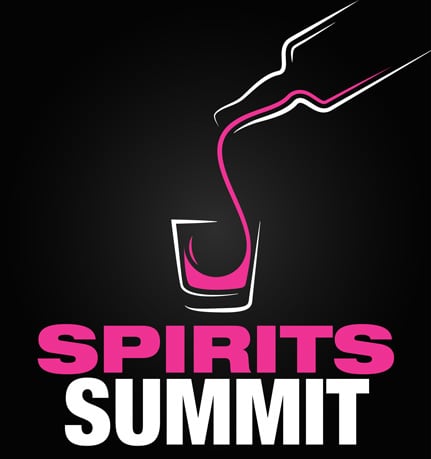
If you’re keen to explore the opportunity of spirits in the pub trade further, why not attend the Publican’s Morning Advertiser’s inaugural Spirits Summit? Taking place on 21 October in London’s Shoreditch, the conference features exclusive research and insight.
Visit the Spirits Summit website for information and tickets.
